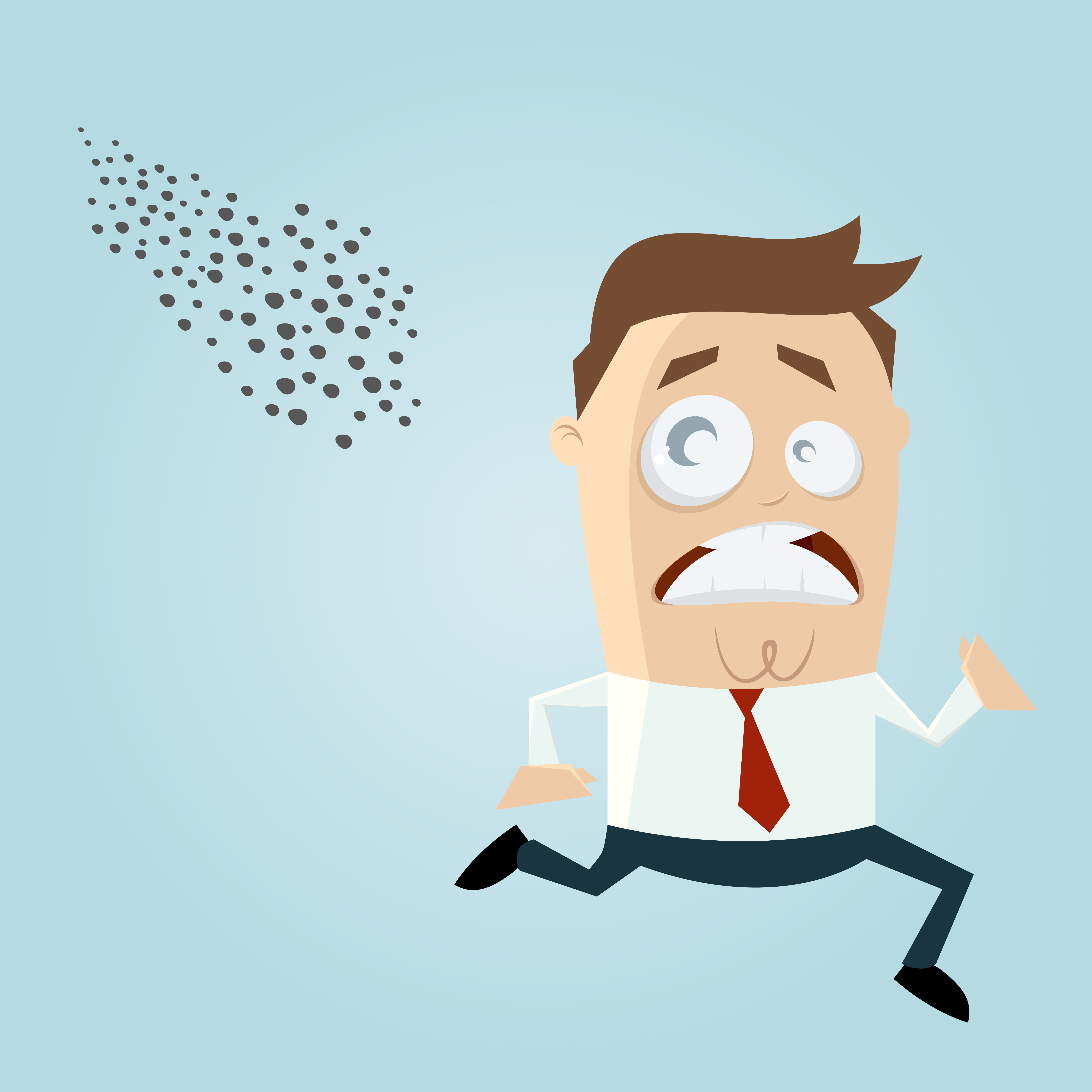When you think of certain jobs—like firefighter, police officer, bodyguard—you tend to think that these jobs are pretty dangerous. Would you feel the same way about groundskeepers or florists? Some of the most mundane jobs may, in fact, be the most life-threatening. And it’s not the jobs that are killing workers; it’s the critters that can be found lurking around the jobsite!
 |
According to a report conducted by the Bureau of Labor Statistics (BLS), 83 work-related deaths from 2003 to 2010 were all caused by insects—most of these deaths (52) were related to bee stings. Eleven workers were killed in wasp-related incidents including three incidents involving yellow jackets. In addition, seven fatal occupational injuries over that period were from spiders and four were from ants. From 2008 to 2010, over 6,000 work-related injuries were reported as being caused by insects.
Out of the 83 insect-related deaths, 72 were caused directly by insects. In 33 instances, the worker was attacked by multiple insects and for 27 instances, bees attacked the worker. For indirect incidents, five deaths resulted from the decedent falling from a tractor while trying to evade the insects.
The top three jobs with the highest insect-related work injury are farming, construction, and landscaping. The BLS reports that farmers and farmworkers accounted for two-thirds of the deaths with 20 people dying, while in the construction industry there were 19 deaths and 17 deaths in the landscaping industry.
Texas has the highest insect-related work fatality rate with 21 people dying from insect-related injuries. Florida has the second highest rate with eight people dying, and California and Ohio are tied for third; with six people dying in each state. The most likely month to die from an insect-related work injury is around September. According to the BLS, this is the time of year when bees are most prevalent. With that being said, be extra careful this month; it’s bee season!

I read recently that being a cop is surprisingly safe, according to stats. On a different note, are the sting deaths due to allergies mainly, or are allergies irrelevant when it’s an attack?